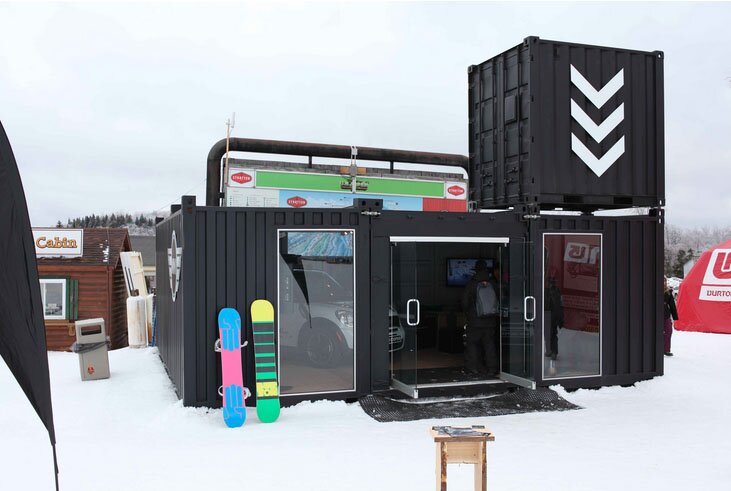
Participatory Design has roots in 1960’s Scandinavian design projects involving trade union workers. It was actually called cooperative design and intended to involve all stakeholders in group exercises to collectively solve shared challenges – like the design of tools, work environments, and public spaces. It comes from a principle that the people who use a product, service, or space are best suited to design it or should at the least have voice for meaningful input. Typically designers, architects, and planners will engage a broad range of people in exercises that will help articulate needs, wants, and preferences. At Awake we talk about it in terms of designing with people, and not for them.
Read the rest




